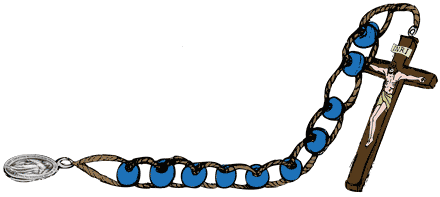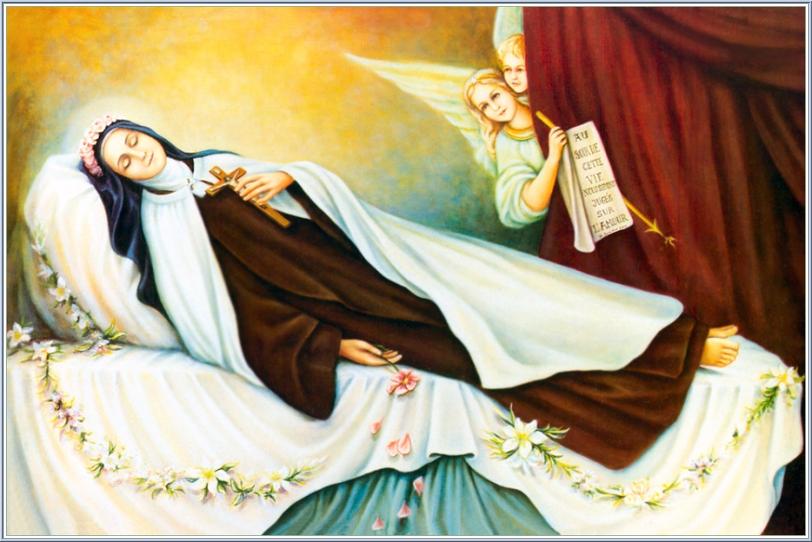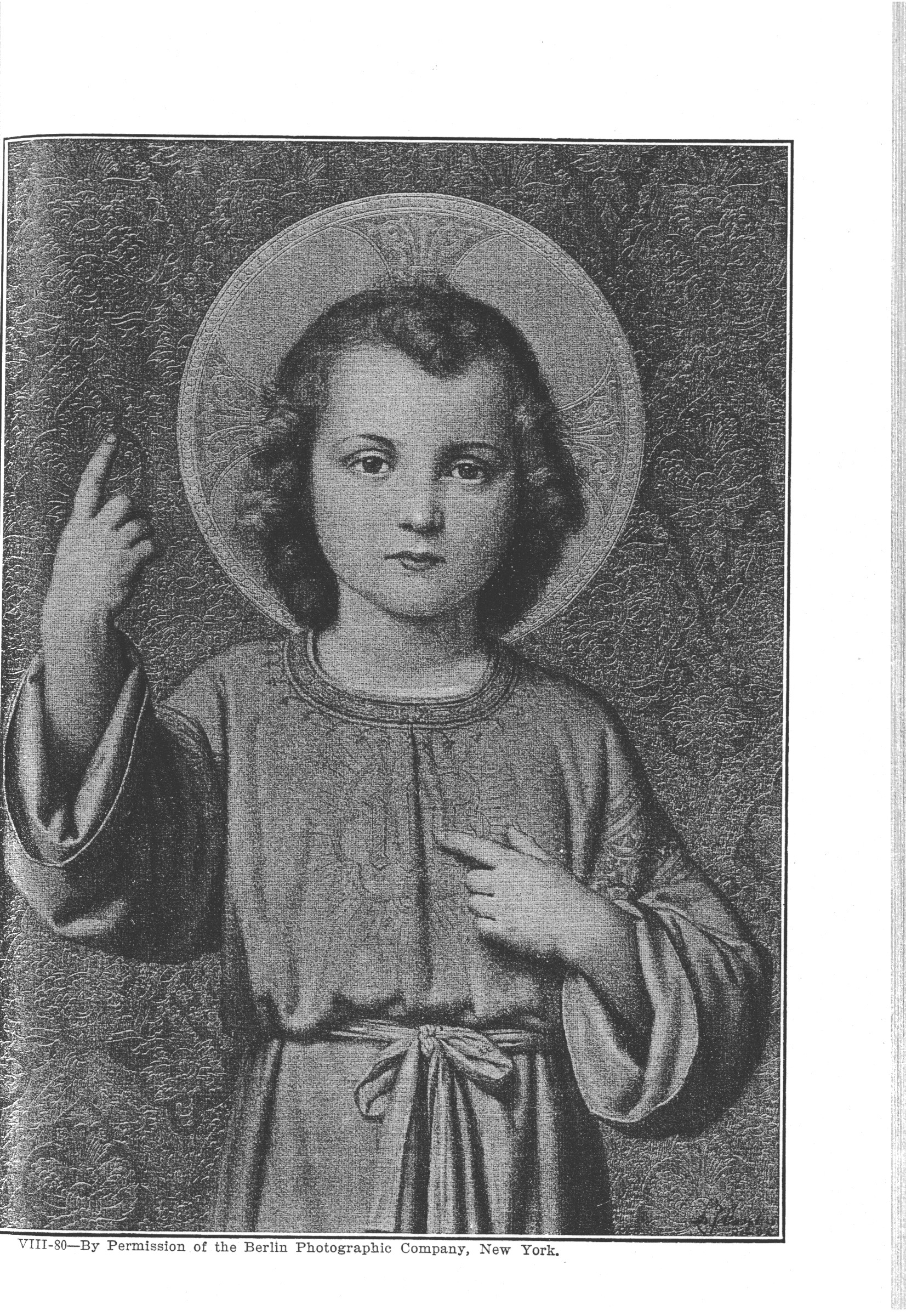
From the site:
The most typical actual "chaplet" consists a string of 10 beads, with a Crucifix at one end, symbolizing our taking up our Crosses and going the Way of Christ. On the other end nowadays is usually a medal depicting St. Thérèse, which reminds us of her "Little Way" of spirituality that's embodied in the use of the beads, and of the fact that we are all called to be Saints. They are kept in one's pocket, secretly, and when one mentally offers up something to God in union with Christ's sufferings on the Cross, one slides one of the beads toward the Crucifix. The beads are constructed such that when they are moved, they remain where they are put. Some Sacrifice Beads consist of 15 beads, with 3 beads of a different color evenly interspersed among them, each representing one of the Three Persons of the Most Holy Trinity. Each time 5 regular beads are moved toward the Crucifix, one of the Trinity beads is automatically moved, too, symbolizing our participation, by grace, in life of the Most Holy Trinity, and reminding us that any good we do is because of God alone.
Some people use the beads simply, by just moving one toward the Crucifix for each Sacrifice, but a more challenging and fruitful way of using them is to move a bead back toward the medal for each sin one commits along the way. This is a good way of examining one's conscience all throughout the day.
At the end of the day, one "re-sets" all of the beads and places them under one's pillow to retrieve and put in one's pocket in the morning in order to begin anew, hopefully fulfilling the goal of moving all the beads toward Christ.
Though Sacrifice Beads originated with the young St. Thérèse and are most commonly used by children, they can be and often are used just as well by adults, too.
Sacrifice Beads (which don't need to be blessed by a priest) shouldn't be used in a spirit of competition with others who might be using them (though a child discussing nightly with his parents his spiritual development by use of the beads is, of course, good!). Their use is, ultimately, between God and the one making sacrifices.




